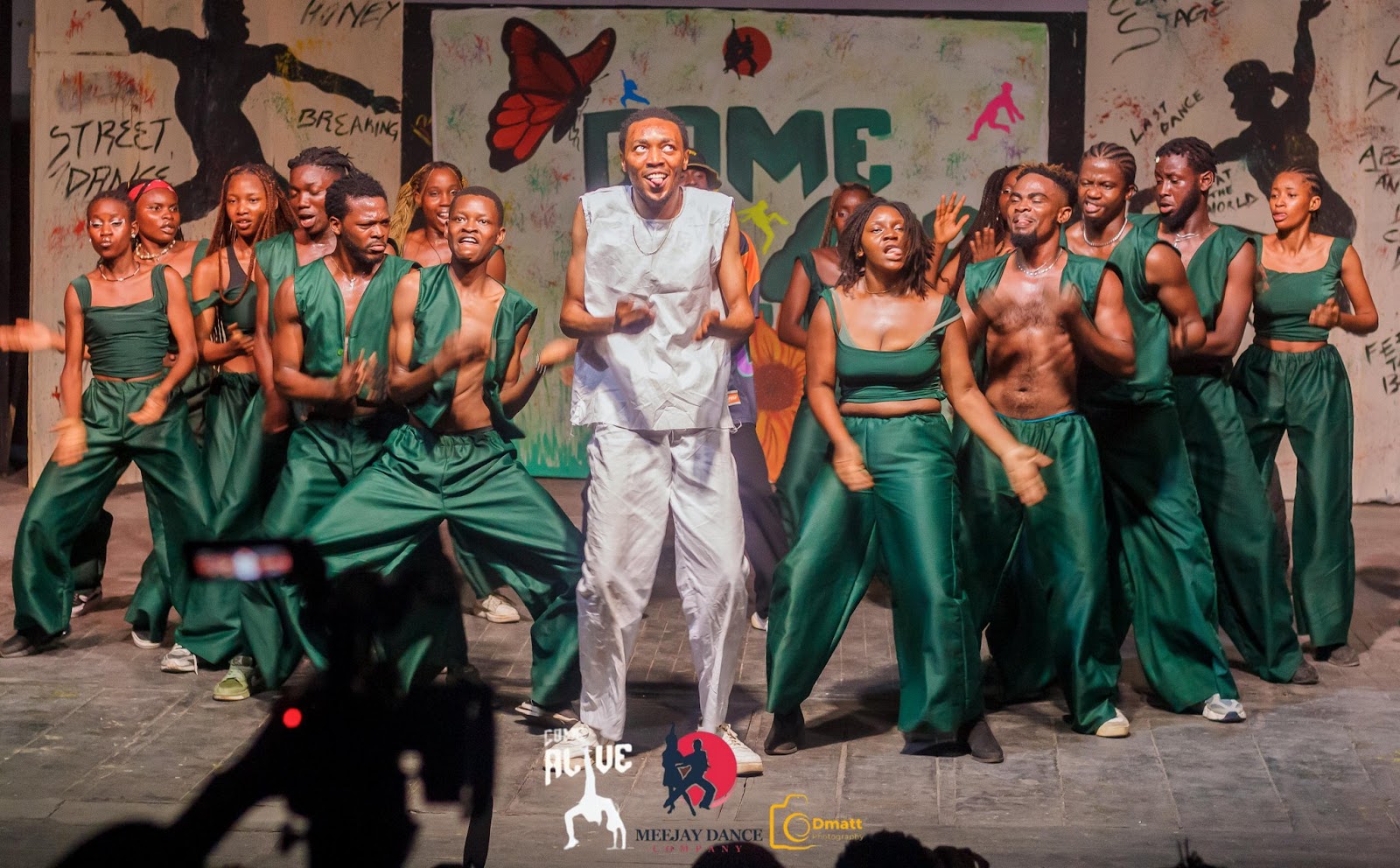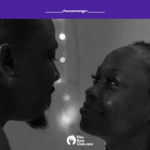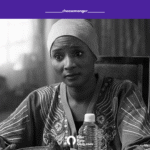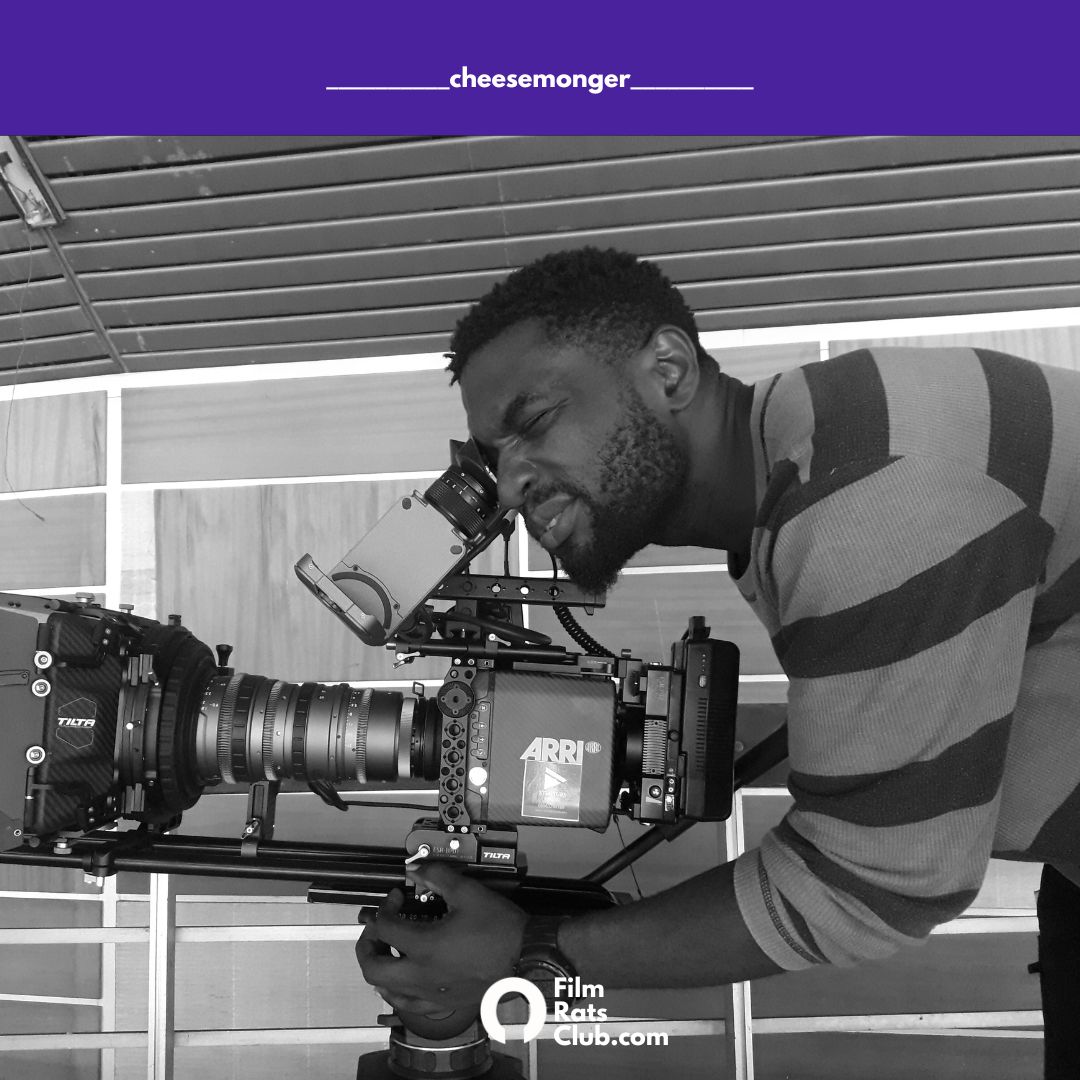By Chinedu J. Orjiudeh
On May 18, 2025, the Wole Soyinka Theatre brimmed with anticipation for Come Alive, a dance drama staged by the Meejay Dance Company. This marked the directorial debut of Grace Okokhune, a graduate of the University of Ibadan’s Theatre Arts department. With a stellar cast including Elijah Adebayo, Progress Adetula, Ifeoma Ezenandu, Oluwatobi Solomon Williams, Ayoola Ayomide, Mcwealth Olufemi, and others, expectations were high, as is often the case with Meejay’s productions.
The play opens with Mr. P. (played by Adebayo), the head instructor at the fictional DDS Dance Academy, introducing the performance. This segues into a prologue dance led by Lara (Ezenandu), dressed in white and surrounded by dancers in black. The symbolism is striking—Lara contends with an overwhelming darkness. However, the choreography suggests resistance rather than defeat.
Grace Okokhune appears briefly to welcome the audience. Then, the dance drama begins in full swing with synchronized, energetic routines that portray rebellion, passion, and the tenacity needed to pursue one’s dreams. As the performance crescendos, Lara is tossed into the air and crashes down. The lights go out. An ambulance siren wails. A gripping twist: Lara has suffered a career-threatening accident.
The story resumes with Lara being wheeled in by her distraught mother, devastated by the news that Lara may never dance again. Lara’s world begins to crumble—she distances herself from friends and ends her relationship with Remmy (Williams), while refusing to accept her mother’s defeatist outlook.
In a powerful moment, Lara rolls herself into a red-lit stage area, symbolizing danger and pain, and performs a sorrowful dance. As she collapses in agony, the stage is meant to go black. However, due to poorly managed renovations and inadequate curtains, the darkness isn’t complete. The audience sees Lara rise and exit, shattering the illusion and drawing audible dissatisfaction. It’s a technical misstep that momentarily pulls the audience out of the story. Yet, the narrative regains its grip.
Lara, longing to dance again, observes her peers from afar. Abby (Mcwealth Olufemi), a brusque friend, urges her to audition for the academy. Her tone, however, feels more like a motivational cliché than genuine concern. While Abby’s push serves to move the plot forward, her performance lacks nuance, reducing her to a plot device rather than a fully formed character. Lara auditions despite her limp. The audience cheers—hope is rekindled.
In a comic interlude at a bar, we meet Mama Beer (Grace Ovu) and a group of Remmy’s friends. There’s laughter and camaraderie, and we learn Remmy has also auditioned. Comic relief gives way to surprise when Lara and Remmy reunite at the academy. At DDS, instructors Mr. P. and Mr. Q. (Adetula) hold an orientation. Students are introduced to improvisational techniques, leading to an experimental performance by Remmy and Lara, sparking chemistry and hinting at a developing relationship.
Soon, a new conflict emerges. The academy is selecting a dance captain. Lara performs beautifully—until her injured leg gives way. A rival student, Sandra (Afiolorun Toyosi), mocks her fall. Sandra’s desire to be a top performer sets up a clear antagonism. But something is amiss. The play begins to lose its emotional foundation.
Lara does make the decision to audition into the dance academy, despite her limp. This excites the audience because of the potential obstacles and emotional struggle. In a beer parlor scene arranged to deliver a comic relief, we are entertained with an infectious performance from the bar attendant, Mama beer played by Grace Ovu, we discover through the sober Remmy’s interaction with his friends, Shadow (Ogunoshun Sunday Samuel), Blaze (Binuyo Olasubomi) and Bayo (Ayoola Ayomide) that he also auditioned for the same admission and is uncertain about the results. The comic relief is delivered when the troupe finds his name as the last on the list. Lara is surprised to see him there on the resumption day; her concern is a slight hint of a brewing relationship between both characters, even though their interactions remained at loggerheads. Mr P takes the stage with his assistant, Mr Q, played by Progress Adetula. The orientation that follows establishes the academic setting, with lectures about a dance improvisation technique that sees Remy and Lara perform the experiment (yes, at this point it becomes obvious their relationship is a part of the plot), the audience’s reactions to their unrequited affection build momentum.
After the commendation from the instructors, the students are informed of the next goal: the academy will test the students for the position of a captain. The best performer wins. This introduces the next milestone that Lara needs to attain. At first, they are all to perform the audition routine together, to seal their slots in the academy. The group’s synergy is exploited at this point, drawing the audience closer to the beautiful artistry of dance choreography. Lara seems perfectly fine until the end of the dance, her limbs shift, forcing her to the floor, she picks herself up quickly, but not without the scorn from a new arch enemy, Sandra, played by Afiolorun Toyosi who mimics Lara’s fall mockingly, setting up a potential conflict between both characters. Sandra wants the other students to accept her as the best amongst them and taunts herself as one. The second act continues with a total shift into this conflict between the taunting self proclaimed best student and the talented Lara. There is barely any progression of the initial story, Lara’s leg poses no problem anymore, and the new story is all about who will take the Captain’s position as best performer amongst the students.
Where does that leave the already emotionally invested audience?
We know initially that the audience is emotionally invested in the travails that Lara’s disability poses, without that disability and her struggles as the vintage plot line of the story, we are left with the crumb of a contest between two students for a position. The conflict thrives on hurtful words, taunts, and nothing else. Aside from Mr P’s concern for Lara’s previous injury, there is no more reference to the initial internal conflict; she also confirms she is past that struggle both with Mr P and afterwards during Remmy’s intervention. In an attempt to help the stagnant action, the competition between Sandra and Lara ends when Sandra is announced the winner of the contest. The climax is assumed to be achieved as the two characters go at it physically after the end of the day, with Lara delivering a resounding slap that jolts the audience once more. She gets punished for it, but also revels in her moment of triumph against the harmless enemy with Remmy by her side. This moment of savor by Lara, despite the consequences of her action (she is suspended from the academy for two weeks), brings a feel of originality that hints at the initial defiant character introduced at the start of the story. Her relationship with Remmy improves as he remains her staunch supporter, and they expose Sandra’s win as a faux after overhearing her supposed intimate relationship with the external judge. The academy eventually expels Sandra, and the position is offered to Lara, who assures the group she has no ailment and will prove her fitness for the position. During the process of this contest and the final dance performance by the students, Mr P. addresses the audience repeatedly, blurring the fourth wall. Personally, it almost works for me, because it relays the purpose of the real Meejay Dance Company and the fictional DDS dance academy as one; however, it also breaks the fourth wall unexpectedly, making the audience wonder what is going on for a minute or two. The final dance sequence by the trained students of the DDS academy saw all of the choreographers join the routine, which were the instructors, Mr P., Mr Q., and an external instructor, Mr Will (Sebastian Alexander).
The dance performance of Progress Adetula is one of the highlights of the entire show; his expressive dance gestures kept the audience in his world, affirming an interaction of freedom in his white costume. This dance sequence re-introduces Mr Will, in a black costume, from the prologue, alongside the Director, who engages the stage in a trance like movement, dressed in white. An obvious nod to the prologue. The lady in white walks off with the Dancer in white, despite Mr Will’s attempt to claim her; she leaves the darkness behind and follows her own will, symbolically. That specific role befits Lara rather than the Director, but yet again that blur between the fictional story and the real world is drawn, where the scene is exhibited by the quintessential members of the dance company, Adetula Progress as a prominent Writer Director of the previous Meejay company productions, Okokhune Grace as the incumbent and Sebastian Alexander as the company’s Choreographer. Except that this blur leaves the fourth wall shattered without enough preparation, I appreciate the symbolic experiment. In the final act, yet again, Lara and Remmy take up the stage in a duo dance, in dark green costumes. The green is meant to encapsulate the idea of fertility and potential for growth, something the initial seed premised with no properly delivered argument.
Every other dancer joins the final dance, this includes the expelled student and others who aren’t in the academy but a part of the production company. The show relies heavily on the intense, energetic synchronized movements of dancers with great synergy and stage awareness. The story, however, escapes its potential internal conflict (fear of failing because of her inability) and settles for a superficial rift between two students, leaving the audience with nothing substantial but feel good moments and dance routines to reminisce about. The lightning had special moments, some highlights were with the scene where Lara walks into an already illuminated red area. The lights went out during the prologue, and during one of the chaotic moments in the academy after lectures, they came very timely and felt purposeful. There were also moments of a bright switch in colors that made the show lightning standout. The sound design also had no hitches, with the music coming on as expected and without delay. Though the final costumes would have been better if it were light green to reflect natural green, the costumes effort is also noticed, especially with the underlying symbolic attempts. The background set began to impress from the second act, with the design of the DDS academy background. The final set piece with the Come Alive art was also well received; anything aside from these was not very commendable, despite the obvious attempt to make it work. The set hands were almost effective, except for the lingering that occurs when one person forgets to keep it quick and attempts to achieve a perfect arrangement before leaving the stage, despite the urgency that is expected from scene changes. The props used aided the scenery effectively. Yet again, Meejay Dance Company delivers a successful outing with promise for the future.

Come Alive delivers remarkable dance performances and moments of emotional brilliance, especially through Lara’s early struggles. However, the narrative loses momentum by sidelining its strongest arc—Lara’s psychological and physical recovery—and replacing it with a shallow rivalry. Still, the Meejay Dance Company once again affirms its ability to energize and entertain, offering promise for future productions, particularly if they can balance choreography with tighter storytelling.
The production is managed by Elijah Adebayo and Stage managed by Mcwealth Olufemi. Other acts/dancers involved are Adewara Elizabeth, Ugboaja Onyinyechi, Emenike Anthony, Taiwo David, Onaolapo Oladeji, Uchegbulam Jennifer, Oluwatobiloba Mary Ogedengbe(Sandra’s minion), Olarewaju Peace Esther, Anahi Esther Jesuavo, Aworinde Israel Dasola, Onaleye Oyindamola Zainab, Lepe Oluwatobi Trust.








2 thoughts on “Meejay’s Come Alive Shines in Dance, Struggles with Depth”
Bilgiler için teşekkür ederim işime son derece yaradı
We know Meejay to be a dance production company, hence the focus on dance and aesthetics. It was a good outing at the end of the day. I had fun.